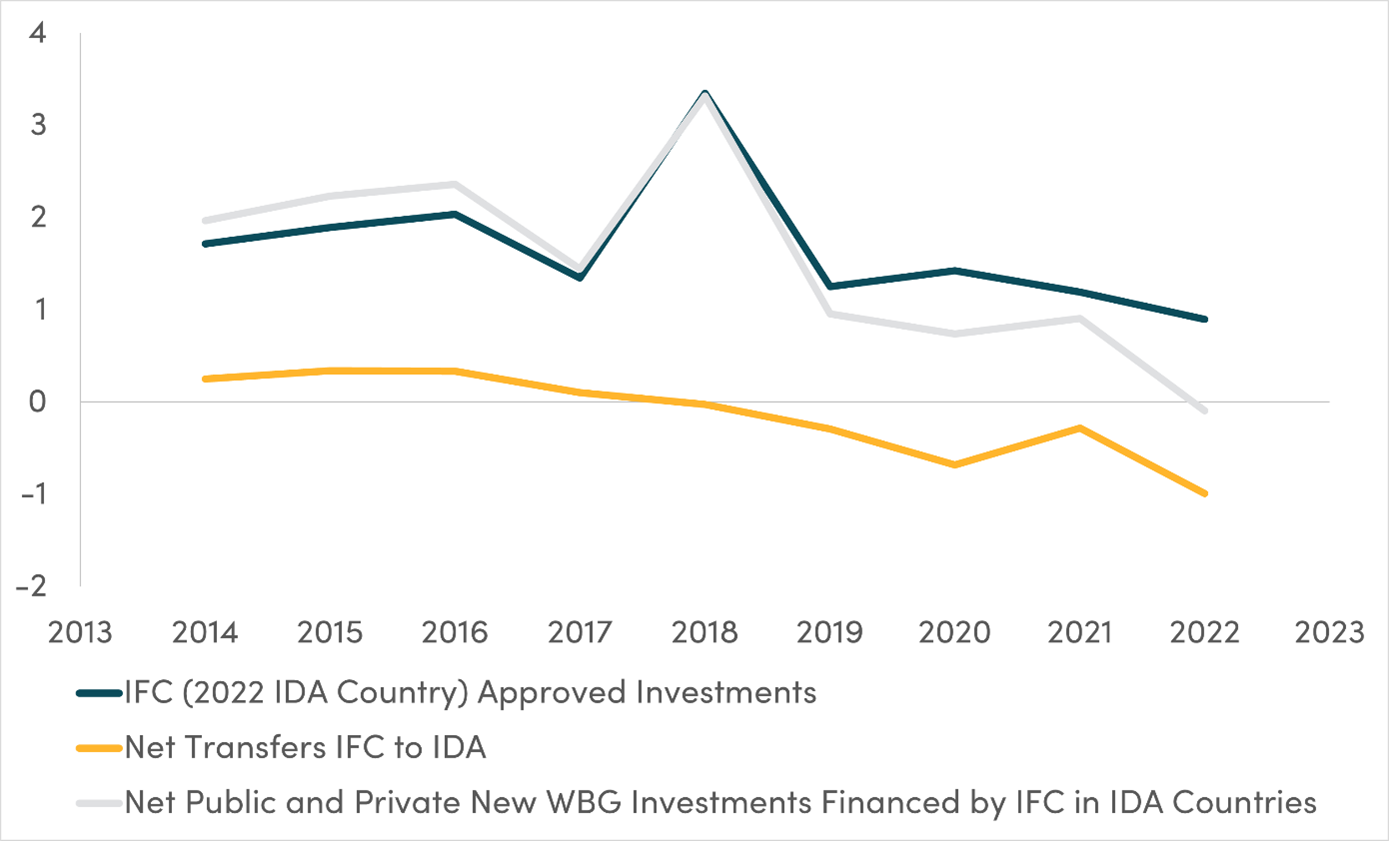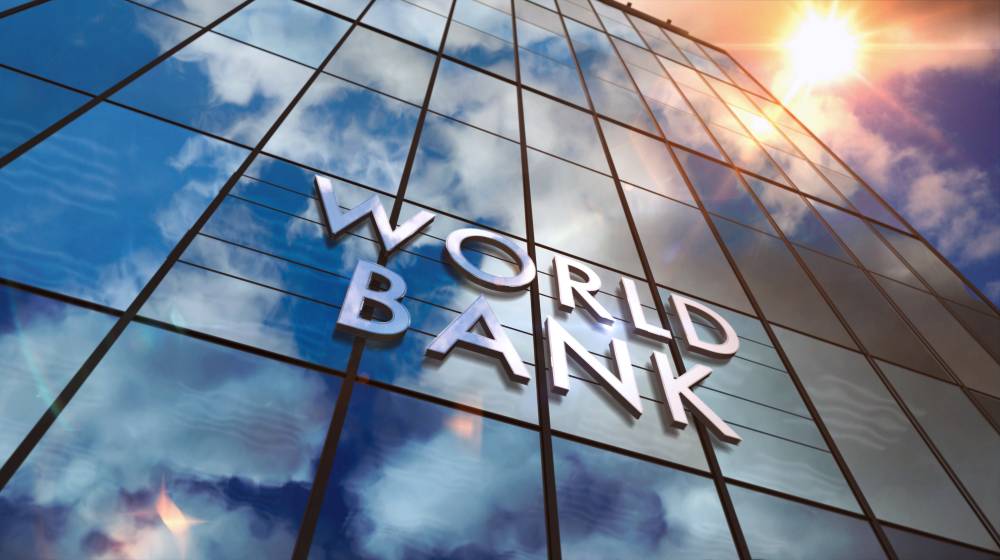In September 2019, I wrote a blog asking “Is the New Model IFC a Good Deal for IDA Countries?” It noted that the International Finance Corporation, the private sector investment arm of the World Bank Group, had stopped handing over some of its profits to IDA, the part of the World Bank Group that makes low-interest loans and grants to governments of the world’s poorest countries. Instead, IDA had started providing cash to help finance IFC deals in IDA-eligible countries—through the Private Sector Window (PSW). The net effect:
[In 2011,] IFC invested $1.5 billion in private sector projects in (2019) IDA countries as well as providing $600 million in grants to IDA. In 2018 it invested $2.4 billion in IDA countries while diverting $660 million from potential IDA lending… net investment supported by IFC in IDA countries has fallen from $2.1 billion to $1.7 billion comparing 2011 with 2018.
That was early days for the IDA PSW, and it is time for an update. Not least, rather than estimating PSW commitments, we can use real numbers, and a revised set of IDA countries. And in 2021, IFC made a payment to IDA again. Sadly, and despite that payment, the net effect of the IFC on new investment by the World Bank Group in IDA countries continues to decline.
The blue line in the chart below shows IFC board-approved investments in countries eligible to borrow from IDA in 2022. Note it excludes some regional projects that may include IDA countries as well as projects for which there have been no disbursements to date. Under both categories, for example, is the 2021 global Build-Back-Better Emerging Markets Social, Sustainability, and Sustainability-linked Transaction Bond Fund, to which the PSW committed $60 million, but which is still pending. The gold line is the sum of IFC transfers to IDA minus IDA PSW project commitments toward IFC projects. The gray line is the sum of the gold and blue lines: a measure of IFC’s impact on World Bank Group financing of new investments in IDA countries.
That sum averaged $2 billion a year 2011-2017 before falling to $1.2 billion 2018-2022. Take out 2018, and that later average drops to $0.6 billion. In fiscal year 2022, the currently recorded net impact of IFC financing on World Bank Group investment in IDA countries is actually negative, although hopefully that will improve as some recently approved IFC projects disburse their first payments. Also, the IDA PSW numbers are commitments, increasingly made to financing facilities rather than specific new IFC projects, much of which do not disburse (indeed, while the PSW reports $3 billion in aggregate commitments since it was created, aggregate disbursements are just $879 million and payouts to actual firms in developing countries even smaller again). But these are resources that could otherwise have been disbursed through standard IDA operations.
Figure 1. IFC-financed investments in IDA countries

Notes: Scale is current USD billions. Sources: PSW projects (sole MGF/MIGA projects excluded), IFC projects (using IDA borrower list, excludes regional projects), IFC-IDA transfers (earlier data from US Treasury), IDA borrowers.
Back in 2019, I wrote that “IDA countries are getting less private sector financing than they could based on past record from the IFC, they’re seeing a smaller IDA allocation for lack of transfers from the World Bank’s private sector arm, and they’re losing more cash as IDA money is used to support the IFC—which is backing private investments that are generating a declining development impact.” Thankfully, IFC project development impact has apparently stopped its decline since then. But, otherwise, the situation has only worsened in the last three years.
The IFC isn’t finding more private sector projects to support in IDA countries even with the backing of both PSW financing and retained earnings used to hire more staff to look for projects. Absent actual projects to invest in, PSW resources are increasingly committed to regional and global facilities that don’t disburse. That doesn’t help anyone, least of all IDA client countries. It is (still) past time to reconsider the new model for IFC and IDA.
CGD blog posts reflect the views of the authors, drawing on prior research and experience in their areas of expertise.
CGD is a nonpartisan, independent organization and does not take institutional positions.







